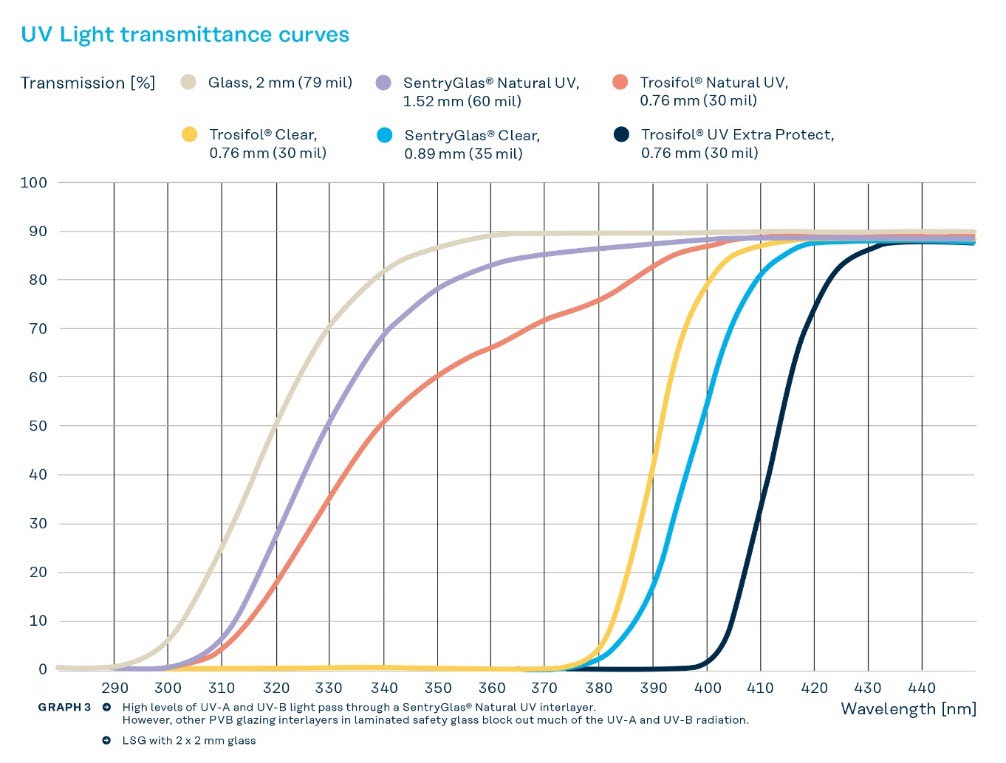UV Transmission in Laminated glass: Effects on Plant Growth and Development
DOI:
https://doi.org/10.47982/cgc.8.455Downloads

Abstract
When glass is laminated for safety reasons, it usually blocks UV radiation partially or even completely when UV blocking materials are used. In the last decade, there has been an increasing interest in interlayers with high UV transmission, especially in relation to greenhouse applications. In this paper, we present an overview of the effects of UV transmittance on plant growth and development, in order to advice on the use of the high transmission interlayers versus the standard interlayers. Using UV transmitting films instead of UV blocking films has opportunities to alter plant growth and morphology. In general, plants grow more compact with increased UV transmittance, growth and biomass are reduced, flowering is stimulated (although the effects are species dependent), concentrations of secondary metabolites which are positive from nutritional perspective are stimulated and flower appearance (color) can be positively influenced. Pollination by bees is improved when UV is present and plant resilience to pests and diseases is improved. These results show that UV transmitting materials can have potential to be used in for example botanical gardens, office centers and garden markets, where producing biomass might even be unfavorable. On the contrary, the increased ornamental value by improved shape and flower color will be appreciated. Therefore, these aspects of transmitting UV to plants can have potential for markets where plant production is not the main goal.
Published
Issue
Section
Laminated Glass & Interlayer Properties
License
Copyright (c) 2022 Esther Meinen, Björn Sandén, Anja Dieleman, Silke Hemming

This work is licensed under a Creative Commons Attribution 4.0 International License.



